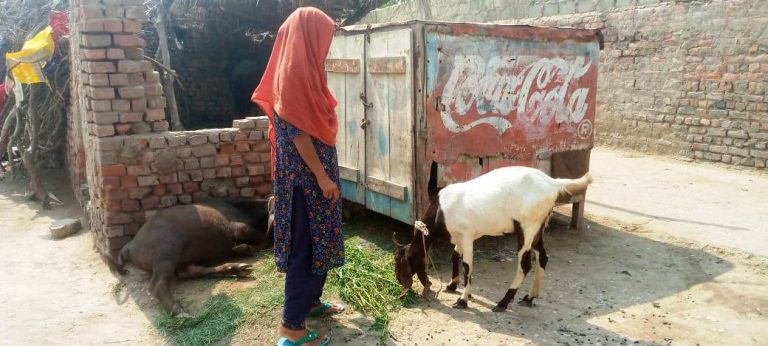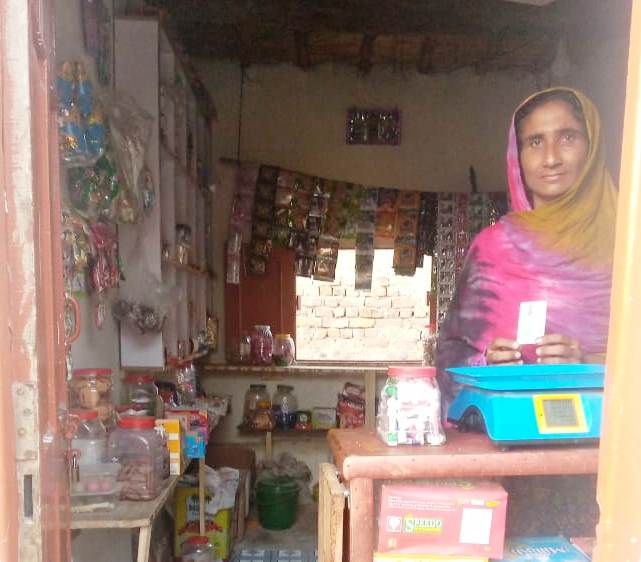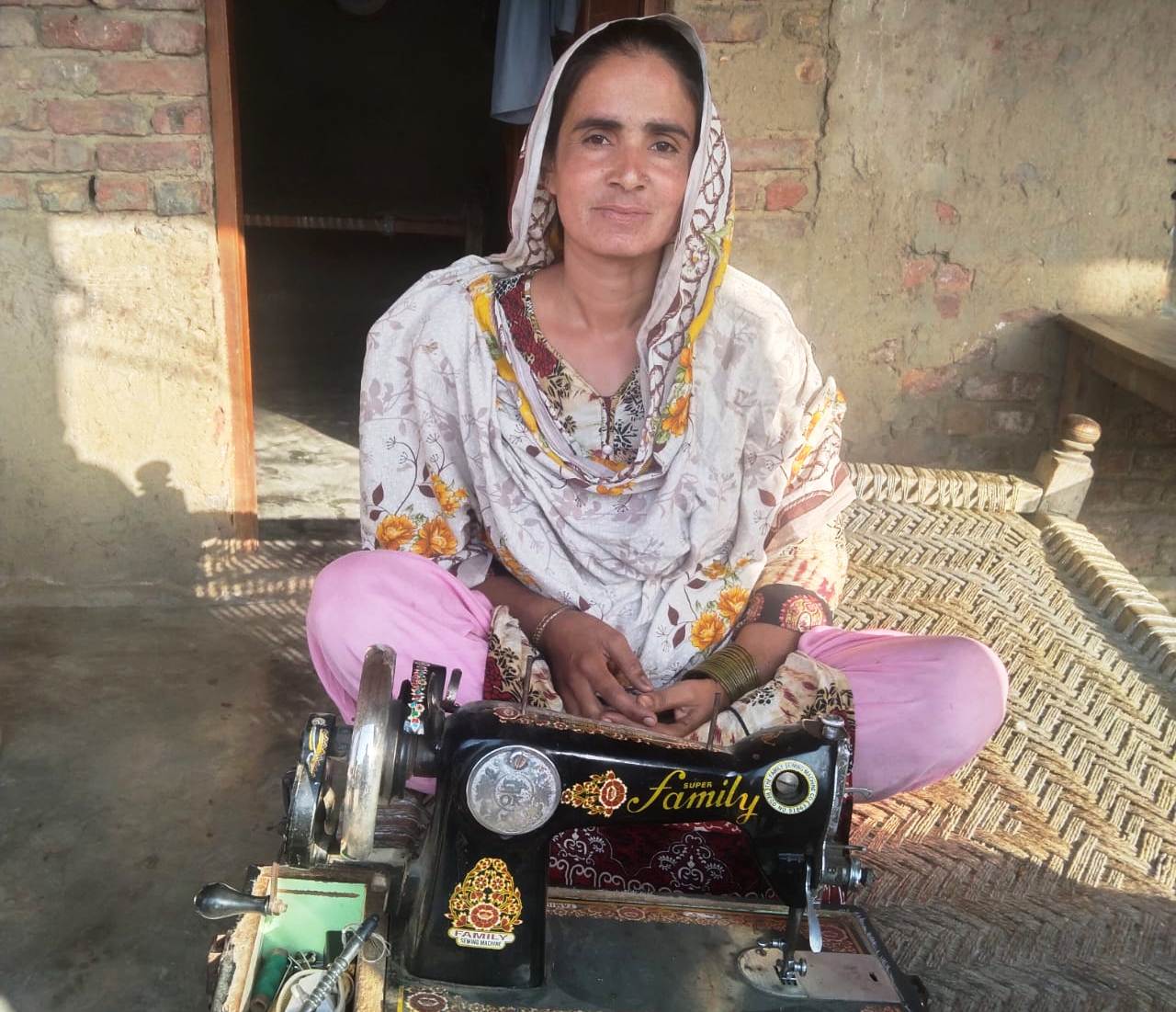
Rural women are victims of debt bondage, poverty, forced marriages, slavery, honor killings, domestic violence, child marriages and malnutrition.
Aqif Usman Palijo |Rizwan Ali Memon
Sindh rural women, consisting of more than 85 percent, are deprived of basic education facility. There are so many factors behind this unwanted phenomenon. The main factors we can say are living in strict traditional culture – facing poverty and having not enough resources. The scenario becomes grimmer as a report reveals that 89 per cent of rural women do not have their own house and 96 per cent do not possess any land or other asset ownership, including income generating assets like livestock. The challenges do not end up here – for the years, strict patriarchal tradition and culture govern in rural areas of Sindh that lead to unprecedented challenges such as gender inequality, early marriages, lack of right to make decisions and so on. This discrimination does not seem to overcome as early before the 2070s for women to come up as today’s women are.
Rural women are victims of debt bondage, poverty, forced marriages, slavery, honor killings, domestic violence, child marriages and malnutrition. They are also deprived of basic health services and kept away from social, economic and political opportunities. As per Census (2017), Sindh’s total population was 47.884 million, of whom 22.959 million (48.2 per cent) were females, and literacy rate is 45 per cent in rural areas as compared to 80 per cent in urban areas. The low literacy rate in rural areas means most women and girls are not being sent to school, that means women being more poor as compared the men in terms of all dimensions.
Government’s “Ehsaas Kifalat Program” is the most widespread social safety program and largest unconditional cash transfer program operating in Pakistan. In terms of global experience sharing, the case of Pakistan provides useful lessons by running “Ehsaas Kifalat Program” for other countries that utilize unique personal identification systems with the individual beneficiary’s biometric verification. The whole process carries a simple route by combining phones, internet connectivity, national IDs and commercial payment systems – introducing a digital and innovative demand-based social protection system that subsidize those women who are in distress to seek social support.

To counter the social discriminatory treatment of women, which renders them stigmatized, Ehsaas Kifalat program presents two-pronged strategies: first the cash transfers have socio-economic outcomes and second it provides economic relief and fortifies women’s position within their community. It also strengthens the beneficiary to face long-term predicament and sustain her family’s livelihood. The initiative like “Ehsaas Kifalat Program” is working on the front lines to help establish women thinking to become an entrepreneur to generate their own income and play a part in their household earning.
Three in-depth interviews were conducted with women beneficiaries from district Hyderabad Tehsil rural, who had started their small businesses after receiving the Ehsaas payment. The beneficiary named Mrs. Juman – 36 years old, resident of village Qadir Bux Solangi, district Hyderabad Rural, said “I got 12000 rupees in April 2021. At the time my husband was unemployed due to lockdown situation across the country. I opened a small shop in my village. We survived as it became the main source of household income.”
Another beneficiary who has started livestock work is Mrs. Aziz Ahmed from village Hosri district Hyderabad. She said: “From the amount of Ehsaas, I purchased few goats about 5 months ago and sold them on about 30 percent profit and I am still doing same practice, as it offers economic support for my household.”

Third respondent who started work of sewing clothes, is Mrs. Wali Muhammad from village Qadir Bux Solangi, district Hyderabad. She said: “From the Ehsaas Kifalat payment I purchased sewing machine and started work, and within few months my daughter learned to sew the clothes and now we are jointly working and expanding our work. This change makes us more stable and valued in our homes.”
Being autonomous in economic decision-making, socially as well as economically, beneficiary woman is more independent in their spending (decision making), because of the transparency in process – individual self-biometric verification that offers insight ownership of receiving payment. Transfers have fetched transformation in the male mindsets, seeing woman as important member of the family who can make significant decisions. Bondage and honorary work appears to be decreasing as more Sindh Rural women involve themselves in small scale money making undertakings like small shops at local area or in houses, buy livestock and sewing clothes. It shows positive impact of Ehsaas disbursement on women who belong to conservative families.
This short study witnessed Ehsaas Kifalat program a fairly successful in countering the extreme vulnerability to poverty faced by poor women in Sindh Rural. Such initiative has translated into greater mobility, autonomy, enterprise, nutrition and health, and political participation, as well as decreased domestic violence. It is considered the social protection program with the greatest coverage operating across the Pakistan, thereby serving as a bastion of egalitarian practices by seeking to challenge gender inequality by targeting women as recipients of cash transfers.
_______________________
Aqif Usman Palijo is Assistant Director at Benazir Income Support Program (BISP)